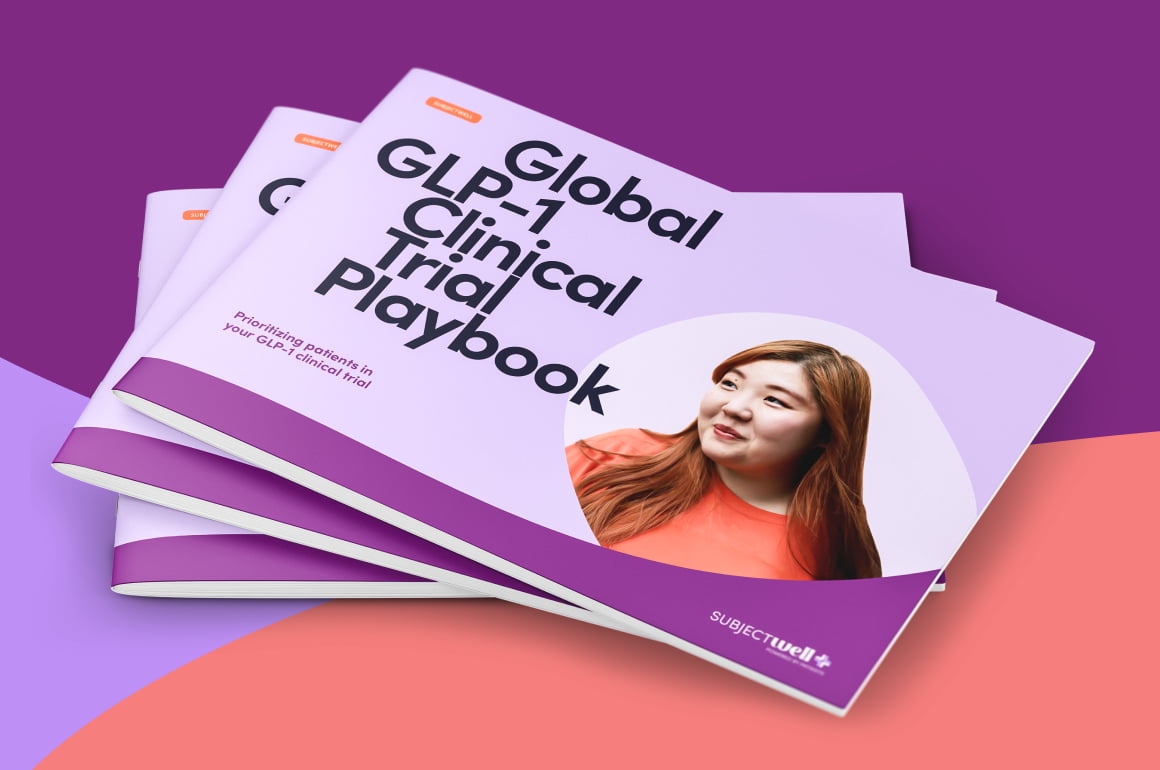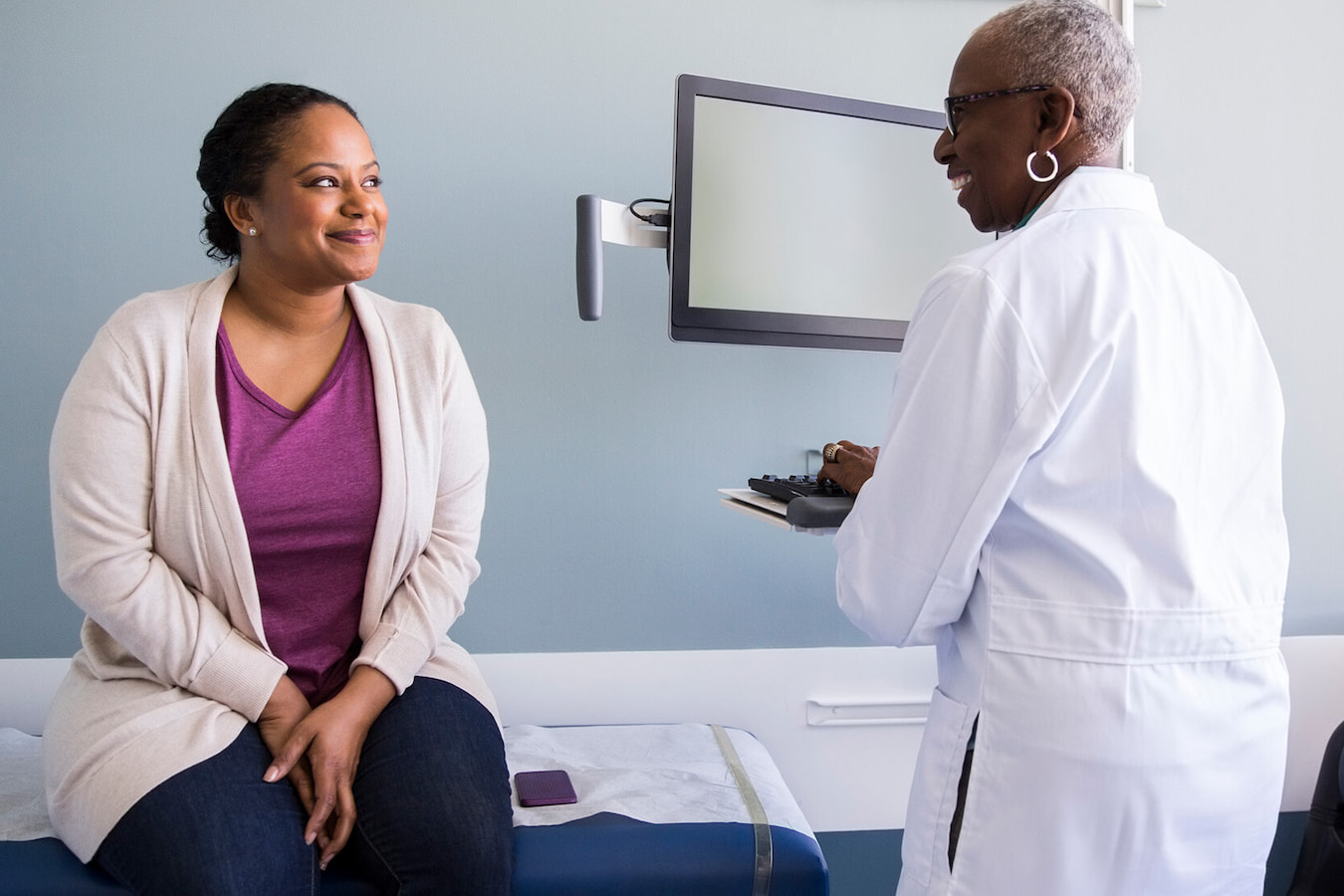
Understanding your audience’s motives leads to better marketing. Here are some of the common reasons people choose to join clinical trials, and how CROs and sponsors can use patients’ motivations to build effective ad campaigns.
Part of creating compelling ads is understanding what motivates your audience. By recognizing what drives people to participate in clinical trials, CROs and sponsors can build targeted ads and landing pages that appeal to patients’ needs.
While less than 10% of Americans currently participate in clinical trials, those that do can shed light on effective recruitment strategies, such as the topics and keywords that deliver the best results. From altruism to financial incentives, understanding patient motivations can help CROs and sponsors drive conversions and reach patient enrollment goals.
Why Do Patients Join Clinical Trials?
CROs and sponsors can take inspiration from these five common motivations patients have for seeking out and participating in clinical trials:
1. Moving Science Forward
Many people want to be part of research that could find a new treatment or cure for their condition. They know that their participation can provide valuable data to researchers and ultimately improve care for people around the world. In fact, 86% of patients reported that the opportunity to improve the health of others influenced their decision to enroll in a clinical trial.
2. Alternative Treatment Methods
89% of patients say that the chance to improve their own health is an important factor in joining a clinical trial. This is especially true for patients who have already tried several unsuccessful treatments. Clinical trials offer patients alternative, cutting-edge solutions that may not be available through other avenues. For those living with conditions that have little or no treatment options, these studies provide an opportunity for a higher quality of life.
3. Affordable Medical Care
An unfortunately large percentage patients are unable to afford quality care to manage their conditions. Clinical trials provide free access to doctors and researchers who can help them understand and treat their symptoms. For patients without health insurance, trials are an opportunity to take advantage of high quality treatments they might not otherwise be able to afford.
4. Financial Incentives
Some trials offer money or other incentives to participating patients, which can be a major motivating factor. In fact, 78% of patients said payment was an important factor in determining whether or not they would participate in a clinical trial.
5. Helping other people – including relatives
Patients with genetic diseases may decide to participate in a clinical trial to potentially benefit their children or relatives. These people are motivated by the opportunity to help cure or manage their illnesses, especially as these developments may improve the lives of those closest to them.
Using Patient Motivations to Build Effective Ads
Despite the time and effort clinical trials put into recruitment, meeting enrollment goals remains a challenge for many studies. For a cost-effective recruiting solution, CROs and sponsors can create social media and search ads that appeal directly to patient motivations.
These platforms allow marketers to build ad variations that cater to patients with different interests and backgrounds. For example, you could create Facebook ads emphasizing affordable care and financial incentives that target college students or low-income users. Clinical trials looking to recruit patients with genetic diseases could focus their messaging on the potential to help family and others affected by the condition.
Google’s recent launch of responsive search ads also allows CROs and sponsors to experiment with several copy variations to see which motivations drive their patients. With responsive ads, marketers can create up to 15 different headlines and three different descriptions to test. Google’s algorithms then select the most effective ones and apply them to future campaigns.
Customized content – including landing pages for each ad type – keeps patients engaged and moving forward in the recruitment funnel. Both ad and site copy should speak to a specific patient motivation in order to ensure a seamless user experience.
By taking the time to consider the reasons patients may decide to join a clinical trial, you can gain a deeper understanding of your audience. As this messaging makes its way into your ads and landing pages, it will likely translate into higher traffic and increased patient enrollment.





